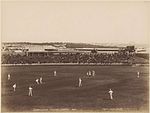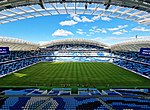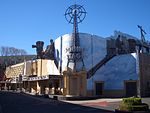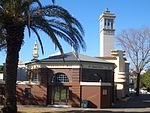Sydney Cricket Ground
1848 establishments in Australia1992 Cricket World Cup stadiums2015 Cricket World Cup stadiumsAustralian Football League groundsCricket in Sydney ... and 18 more
Major League Baseball venuesMoore Park, New South WalesMulti-purpose stadiums in AustraliaMusic venues in SydneyNorth East Australian Football League groundsPaddington, New South WalesRugby League World Cup stadiumsRugby league stadiums in AustraliaRugby union stadiums in AustraliaSports venues completed in 1848Sports venues in SydneySt. George DragonsStadiums of the Commonwealth GamesSydney Cricket GroundSydney SwansTest cricket grounds in AustraliaUse Australian English from January 2012Women's Big Bash League
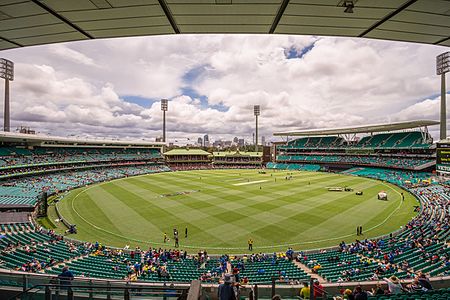
The Sydney Cricket Ground (SCG) is a sports stadium in Sydney, Australia. It is used for Test, One Day International and Twenty20 cricket, as well as, Australian rules football and occasionally for rugby league, rugby union and association football. It is the home ground for the New South Wales Blues cricket team, the Sydney Sixers of the Big Bash League and the Sydney Swans of the Australian Football League. It is owned and operated by the Venues NSW, who also hold responsibility for the Sydney Football Stadium.
Excerpt from the Wikipedia article Sydney Cricket Ground (License: CC BY-SA 3.0, Authors, Images).Sydney Cricket Ground
John Hargreaves Avenue, Sydney Moore Park
Geographical coordinates (GPS) Address Website Nearby Places Show on map
Geographical coordinates (GPS)
| Latitude | Longitude |
|---|---|
| N -33.891666666667 ° | E 151.22472222222 ° |
Address
Sydney Cricket Ground
John Hargreaves Avenue
2021 Sydney, Moore Park
New South Wales, Australia
Open on Google Maps
